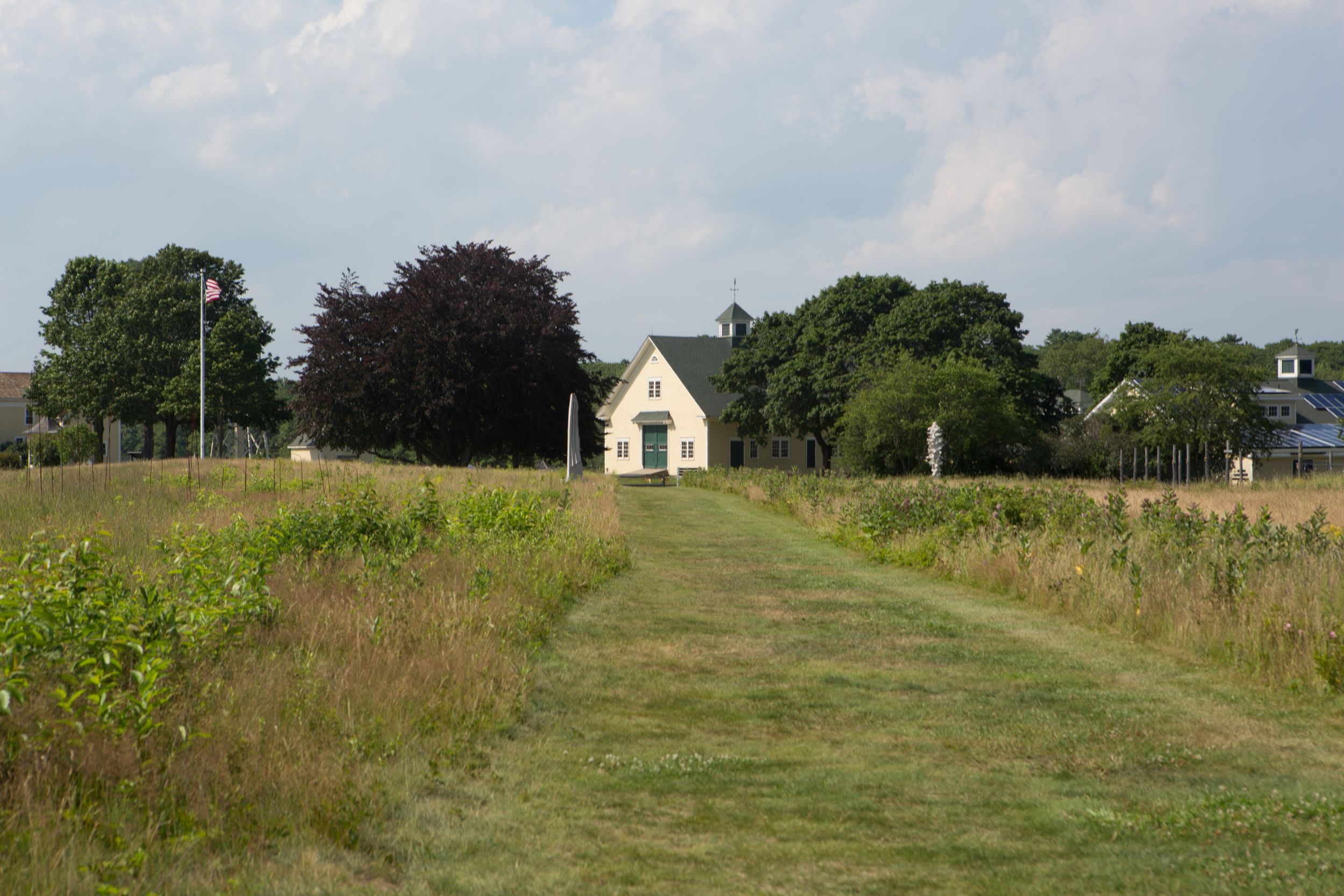Programs Improve Public Access for All
The Takeaway: NOAA safeguards coastal public access and inclusive adventures through the efforts of the National Coastal Zone Management Program and National Estuarine Research Reserve System.

Photo Credit: TrailLink.com, user vancedurivage, courtesy Rails-to-Trails Conservancy
Providing recreational access to coastal lands and waters has been a key element of the Coastal Zone Management Act since its inception in 1972 and is reflected, year after year, in the many projects NOAA supports to ensure inclusivity in outdoor adventures for all people.
Over the past decade, NOAA’s National Coastal Zone Management Program has made the following strides in opening access to new coastal places:
- Created nearly 1,000 new public access sites and enhanced over 2,800 additional access sites to improve the visitor experience.
- Enriched outdoor enjoyment by protecting more than 69,000 acres of habitat and restoring an additional 64,000 acres.
And that progress continues today. In fiscal year 2020 alone, $6.2 million of NOAA’s Coastal Zone Management Act funding was devoted to enhancing public access, a figure that was matched by $11.4 million from outside partners.
NOAA’s 30 National Estuarine Research Reserves, which also receive Coastal Zone Management Act funding, are prime spots for outdoor enthusiasts, featuring nearly 1.4 million acres of wetlands and public access to docks, trails, overlooks, beaches, visitor facilities, hunting areas, and more.
Another boon for outdoors enjoyment is the National Coastal Resilience Fund, a multi-partner resource involving NOAA and the National Fish and Wildlife Foundation. The yearly fund has set aside $34 million for grants that, starting November 2021, are likely to enhance public access through nature-based infrastructure projects.
A public access charter

Photo Credit: Wikimedia Commons
In 1972 the U.S. Congress—alerted by widespread public concern over shrinking coastal resources and access—passed the Coastal Zone Management Act to preserve, restore, and enhance coastal zone resources. The National Coastal Zone Management Program and National Estuarine Research Reserve System were established to help carry out that mission.
The public trust doctrine also is a guiding principle for most state and territory coastal zone management programs. It holds that the government owns, and must protect, certain natural and cultural resources that are preserved for public use. Many U.S. lakes and streams, for example, are maintained under the public trust doctrine, both for safe drinking water and for recreational activities.
Local benefits add up

Photo credit: Hansje Gold-Krueck
Coastal communities harvest the benefits behind each new or enhanced public access opportunity, as shown by the following examples:
- The three agencies that make up the California Coastal Management Program have opened up public access in a big way by supporting 1,000-plus miles of land and waterway trails, many of which are accessible to people with disabilities.
- In a win for environmental justice, the California Coastal Commission also worked with partners to ensure that City of Lompoc residents had improved access to Surf Beach, which is now equipped with bilingual signage.
- The Mallows Bay-Potomac River National Marine Sanctuary in Maryland protects wetlands and the nation’s maritime history, with water trail and education signage that was put in place by Maryland’s Chesapeake and Coastal Service.
- Restored habitat, an accessible kayak launch, multiuse and urban trails, and other amenities now line the old Lake Michigan industrial corridor, thanks to the Illinois Coastal Management Program and partners.
- In Minnesota, restroom facilities at Duluth’s Park Point both are gender neutral and comply with Americans with Disabilities Act specifications, thanks in part to the Minnesota Lake Superior Coastal Program. In Florida, the Guana Tolomato Matanzas Research Reserve has adapted trails for people with hearing and vision loss. These are just two of the many accessible and inclusive features made available through NOAA program support.
To learn more about NOAA-supported public access programs and projects, email coastal.info@noaa.gov. (2021)
Partners: California Coastal Commission, California Coastal Management Program, Illinois Coastal Program, National Coastal Resilience Fund, National Coastal Zone Management Program, National Estuarine Research Reserve System, San Francisco Bay Conservation and Development Commission, Wells Research Reserve
PRINT